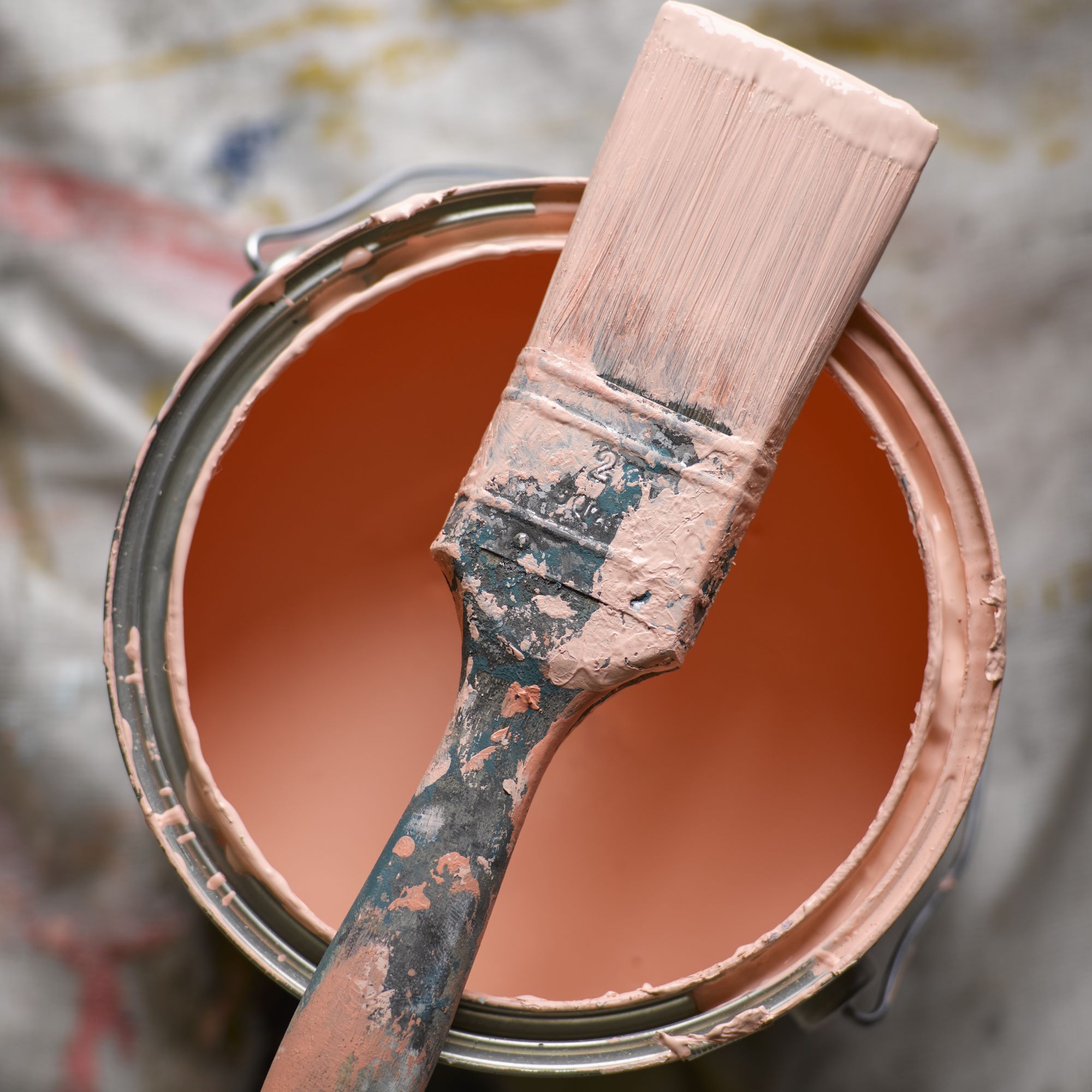
Finding the perfect space to store decorating essentials is tricky, which is why they often end up in the first empty cupboard we can find. But DIY supplies storage mistakes are more common than you might think, and according to experts, there are some places we definitely shouldn't be keeping our decorating essentials.
Whether you have a basic set of decorating supplies including some paint and brushes to complete easy DIY projects with, or you boast a wide home tool kit that would be the envy of any decorating professional, you need to know how to store your items properly. The common DIY supplies storage mistakes lead to ruined products and tools that are no longer usable, plus there are potential safety hazards from incorrect storage.
'Not only does storing your DIY supplies properly help with keeping your home and any workspaces tidy, but it also helps you save time when looking for the tools or materials you need - because no one likes having to dig through an entire cupboard for that particular paintbrush!' says Emma Rostron, General Manager, One Less Thing.
We've asked the experts to share the mistakes to avoid when storing decorating essentials, so you can make sure you're finding the right place for yours.
Mistakes to avoid when storing decorating essentials
Our guide will share the six most common DIY supplies storage mistakes that many of us are guilty of making. We'll also provide some alternative solutions, so you can store your decorating essentials wisely and keep them in tip top condition.
Mistake 1. Keeping them near a radiator
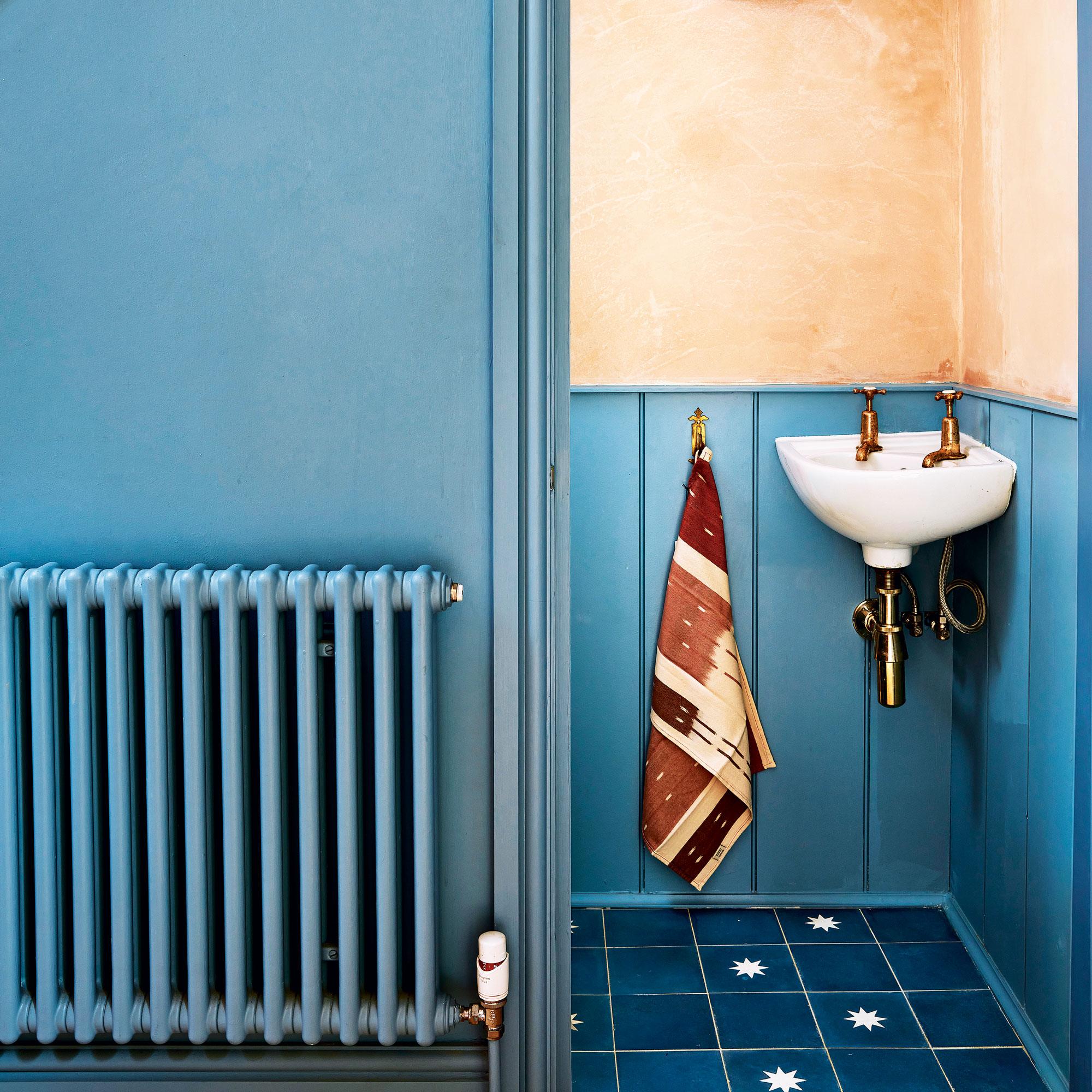
One of the most common DIY supplies storage mistakes is keeping the essentials anywhere near radiators and other sources of heat. When radiators heat up, any nearby liquids and soluble substances are in danger of changing in consistency due to the temperature increase.
It's especially important not to store any aerosols near radiators. 'Items like aerosols can quickly overheat and expand, causing their containers to burst, rupture, or even blow up which is not only dangerous to anyone in the house, but can cause damage to walls, furniture and other supplies,' explains Emma from One Less Thing.
Cabinets and cupboards that aren't subject to changes in temperature are ideal for storing your decorating essentials. In some homes, this might be a spare kitchen cabinet, while others may prefer to keep supplies in the shed, where the temperature remains consistent.
Mistake 2. Using a bathroom cabinet
If you have ample bathroom storage ideas, it can be tempting to keep your DIY supplies in an empty cabinet. Experts warn against this, however, as the increased level of moisture that occurs in bathrooms can spoil liquid supplies like paint and glue.
'Anywhere prone to moisture or damp in the air should absolutely be avoided,' says Warren Kinloch, Bathroom Interiors Expert, Bathroom Deal . 'Even if a storage cupboard is next to your bathroom, consider if the shared wall could be cold or damp, and if so, select another area to store your DIY products.'
Instead of the bathroom, consider storing your DIY supplies in areas less susceptible to damp and condensation. Use utility room ideas if you have them, or consider storing supplies in the attic if you don't reach for them regularly.
Mistake 3. Stacking supplies on top of each other
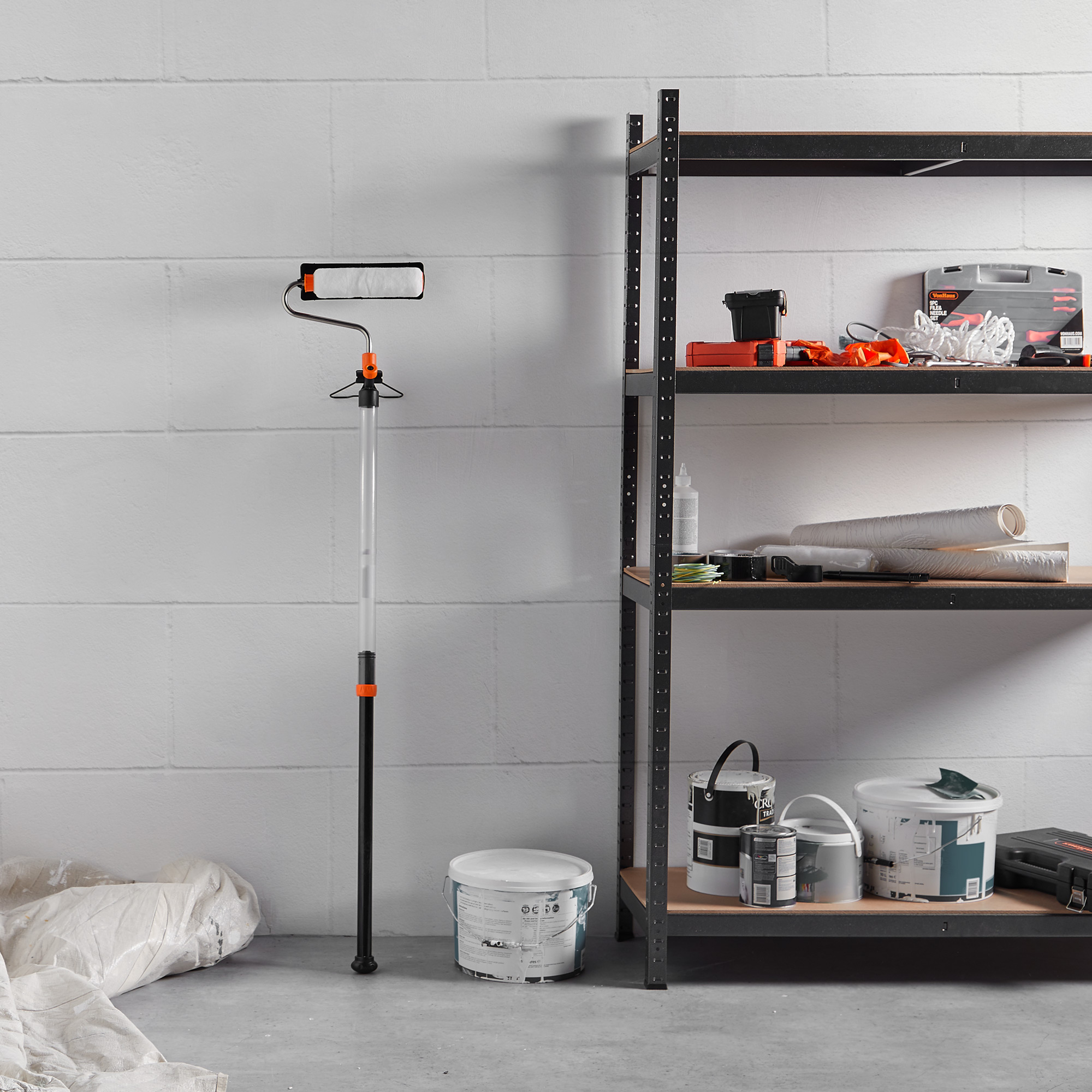
'While it might be tempting, I recommend avoiding stacking heavy objects like cans of paint on top of each other - they could topple over if placed too close together and cause serious injury or damage,' says Emma. 'Instead, install shelving that is compact but gives you a sturdy surface for each heavy item so they are less likely to move about and fall.'
Small storage spaces aren't ideal for DIY supplies, as you'll be more likely to place items on top of each other. Aside from being a safety hazard, this will lead to spillages, wasted product, and a lot of mess to clean up. Look at installing some easy shelving ideas in your supply cupboard instead, so you can place items alongside each other.
Mistake 4. Storing sharp objects with soft materials
Decorating essentials can include a variety of objects, including sharper items like scissors or blades. Most of us may be tempted to store all decorating supplies together, but keep sharper objects alongside softer materials is a big mistake, as there's a big risk of the fabrics being damaged.
Keep any sharp tools in cases, so you can still keep all your DIY supplies together if you wish. 'Not only will this protect them from rusting and keep them sharp but it prevents them from causing any damage to other items,' Emma says. 'If you have little ones in the house, try to keep any blades in a locked box if possible to prevent them from hurting themselves.'
Mistake 5. Storing them in sunlight
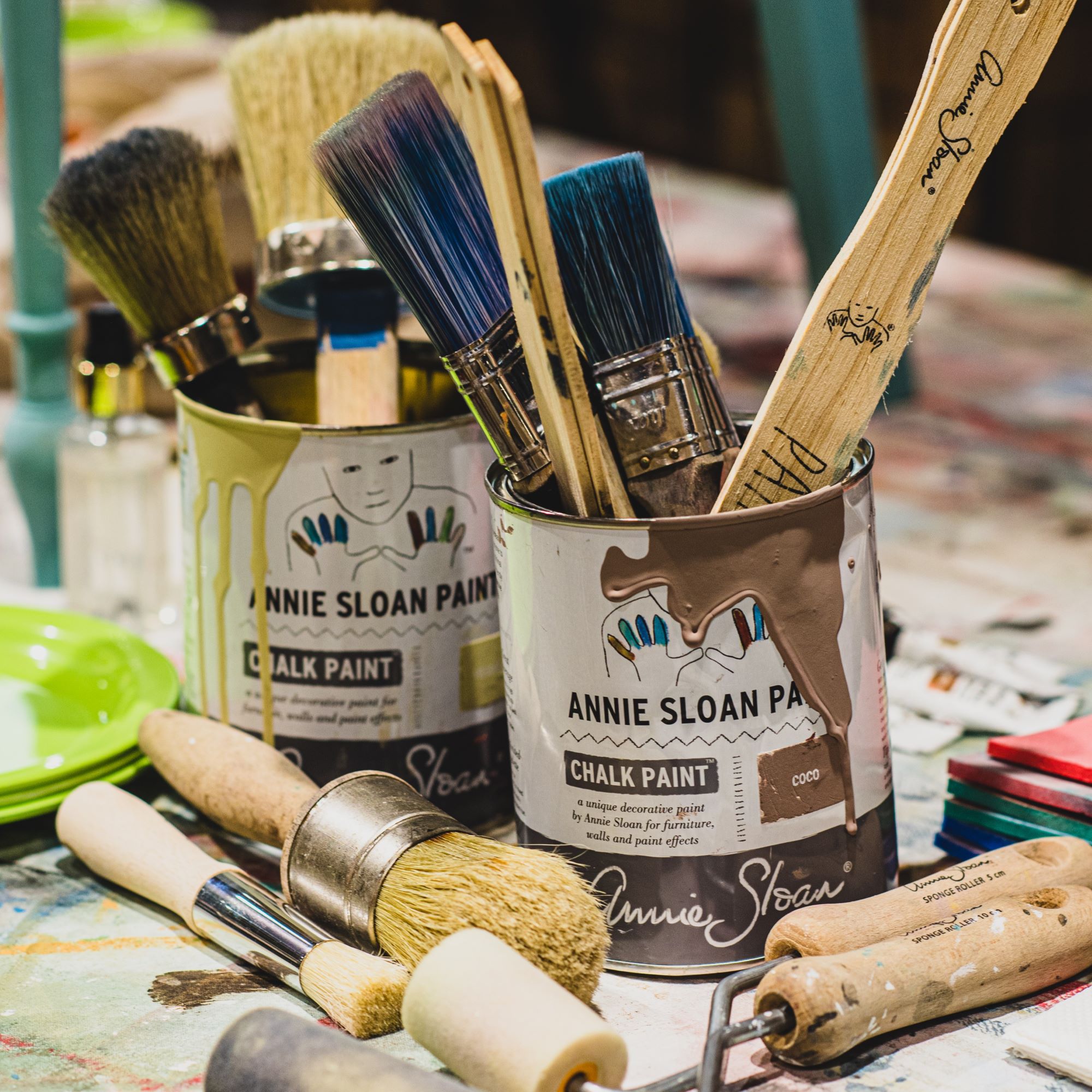
One of the other DIY supplies storage mistakes people often make is to keep items in an area that receives direct sunlight, like near a window. These areas get particularly warm on sunny days, which is a surefire way to ruin decorating essentials - especially paint.
'Storing items on windowsills or in direct sunlight could cause damage to the materials over time due to excessive exposure to temperature changes, such as paints splitting or adhesive during out quicker than intended,' Emma explains.
Keeping decorating essentials away from sun and other sources of heat will ensure their longevity, so you can reuse your paint again and again until it runs out. Try and make space in a cupboard away from any windows, and ideally keep your supplies on shelves so that they don't need to be stacked precariously on top of each other.
Mistake 6. Not cleaning equipment first

When storing decorating essentials, it can be tempting to put paint brushes, rollers and trays away straight after using them, but this leads to any leftover paint on the tools drying up and interfering with fresh paint the next time you go to use them. Cleaning your paint brushes might be the last thing you feel like doing after painting a room, but leaving them to soak in warm water before putting them away is something you'll thank yourself for later.
'To best preserve the bristles, store paint brushes in a jar with handles down or alternatively, hang on the wall or pegboard,' suggests Olivia Hunter, DIY Expert, Wallpaper It.
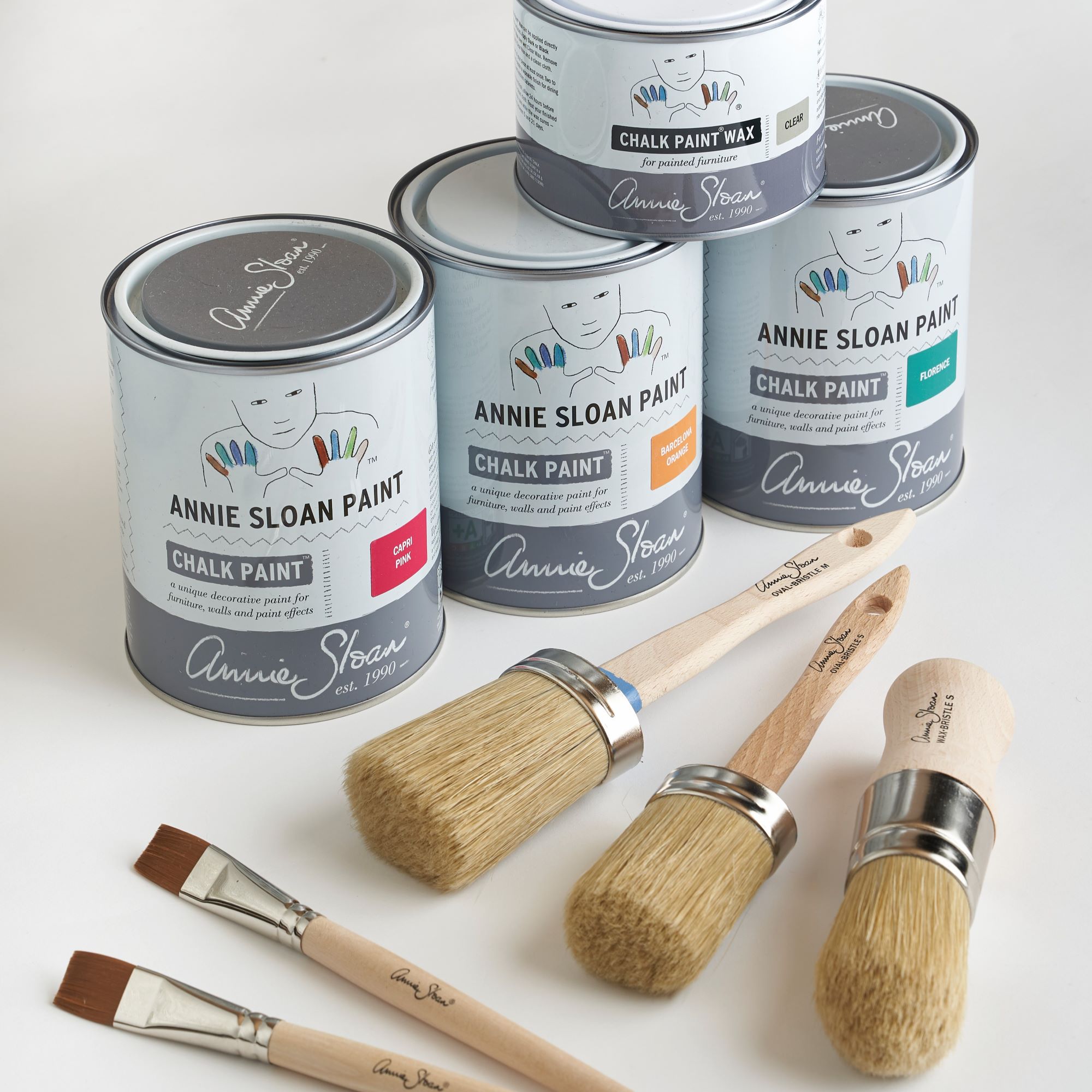
FAQs
Where's the best place to store decorating essentials?
'One of the best places to store any decorating essentials is your shed,' says Jack Sutcliffe, Co-founder, Power Sheds. 'To help keep it organised, you could use an old shoe rack to store your tools, cans or brushes and it could even be hung onto the wall of your shed to provide more storage space.'
Storing decorating essentials in your garden storage ideas will help you avoid making some of the common DIY supplies storage mistakes. Just keep the supplies away from any windows, preferably on shelves in a cool, dark corner.
'If you’re a keen DIY-er, you’ll likely have everything in your decorating tools kit from wallpaper paste, paint rollers to stripping knives,' says DIY expert Olivia. 'To store these, we always recommend investing in shelves to hang smaller tools along a workbench or wall in your garage rather than storing on the floor.'
Storing your supplies on shelves will mean you're less likely to stack items on top of each other, plus they'll be cleaner and in better condition than if they were kept on the floor.
'For other supplies like decorator's tape, store this out of sunlight to protect the adhesive and in a tub to stop the ends attracting fluff,' says Pat Gilham, Painting and Decorating Expert, MyJobQuote. 'Store half-used tubes of caulk, filler, glue and sealants with end caps over the nozzles to stop them drying out and protect them from frost.'
Where's the best place to store paint?
'Store paint in a cool, dry cupboard,' says Pat Gilham. 'If you don’t have anywhere other than the garage, keep your paint on a shelf that’s away from the walls and off the floor. This stops the paint getting too hot or cold and prevents tins from rusting.'
The best place to store paint will be anywhere that has a consistent temperature, away from heat sources as well as damp and condensation. 'Paint should be creamy and smooth but if exposed to heat or cold temperatures, paint can curdle or dry out,' Olivia Hunter explains. 'To prevent this, store in a dark cupboard in the house or under the stairs.'
For other painting equipment like rollers, trays and brushes, make sure they're clean before putting them away. 'If you’re halfway through painting, wrap your roller in a bag and seal with tape to prevent it drying out,' Pat says. 'After use, when it’s clean and dry, cover the roller with a lint-free cloth or clean bag to keep it dust free.'
You can even use cling film to protect your paint trays and rollers if you're returning to them within a couple of days. Just don't leave them exposed to the air, as dust and other debris may interfere with the paint.
Know you know which common DIY supplies storage mistakes to avoid, where will you be keeping your decorating essentials?







